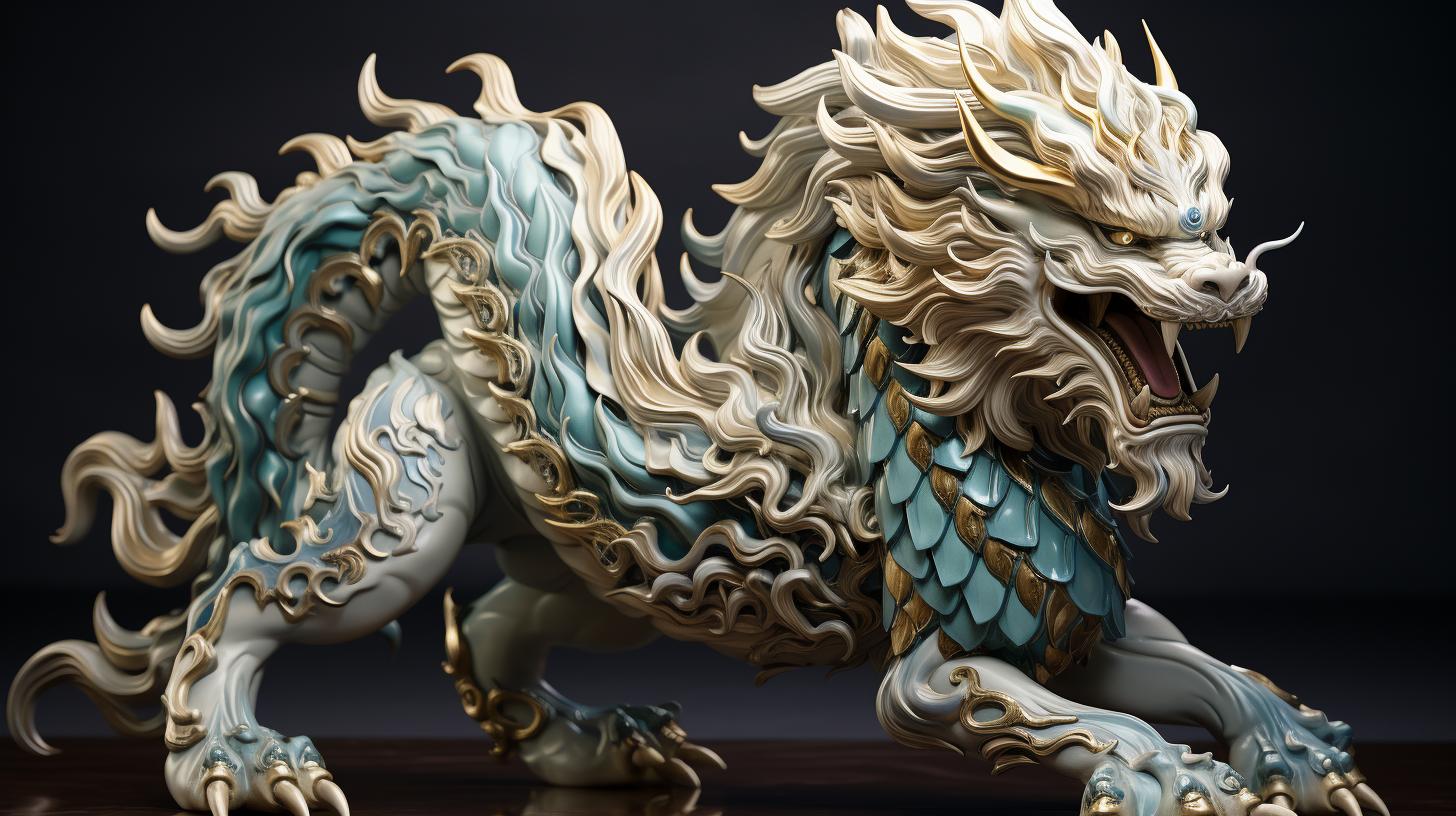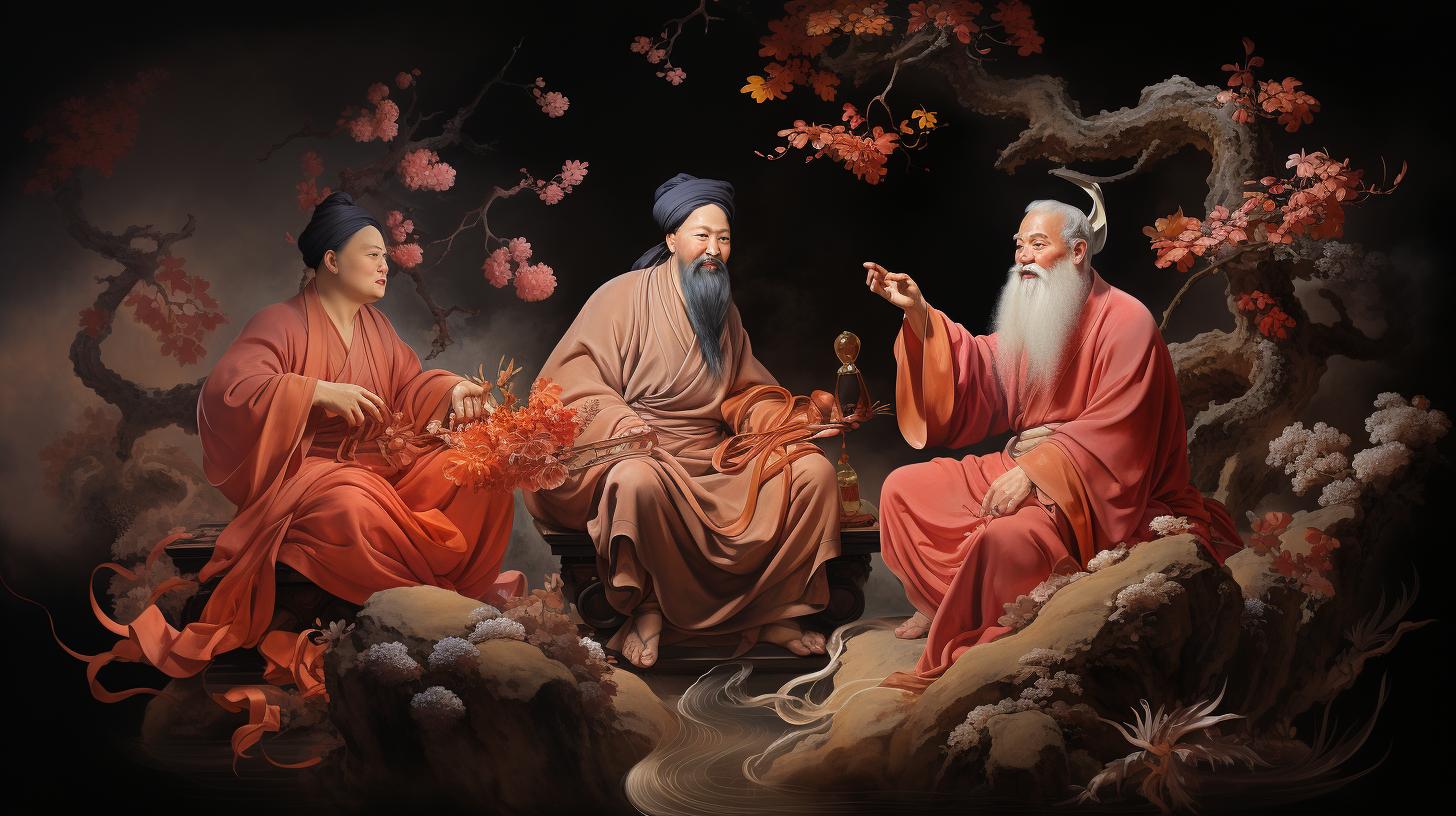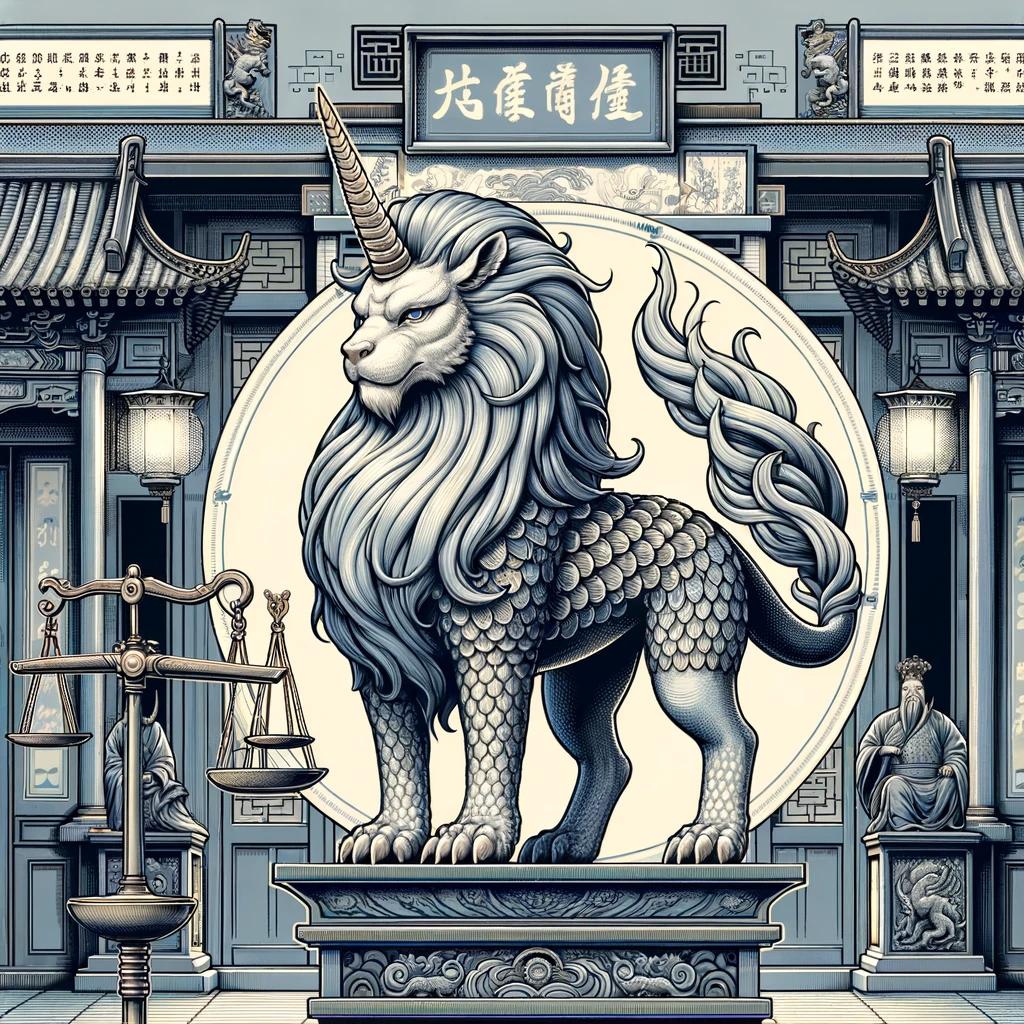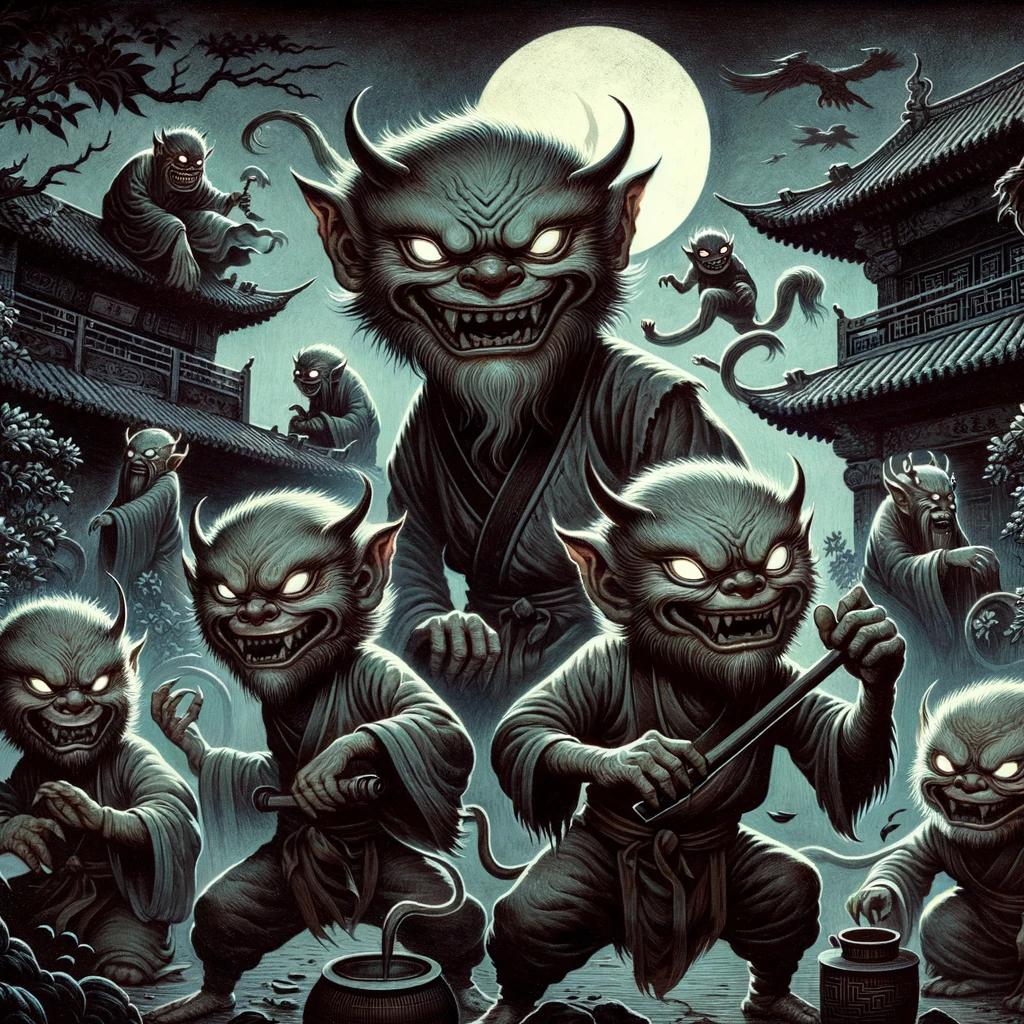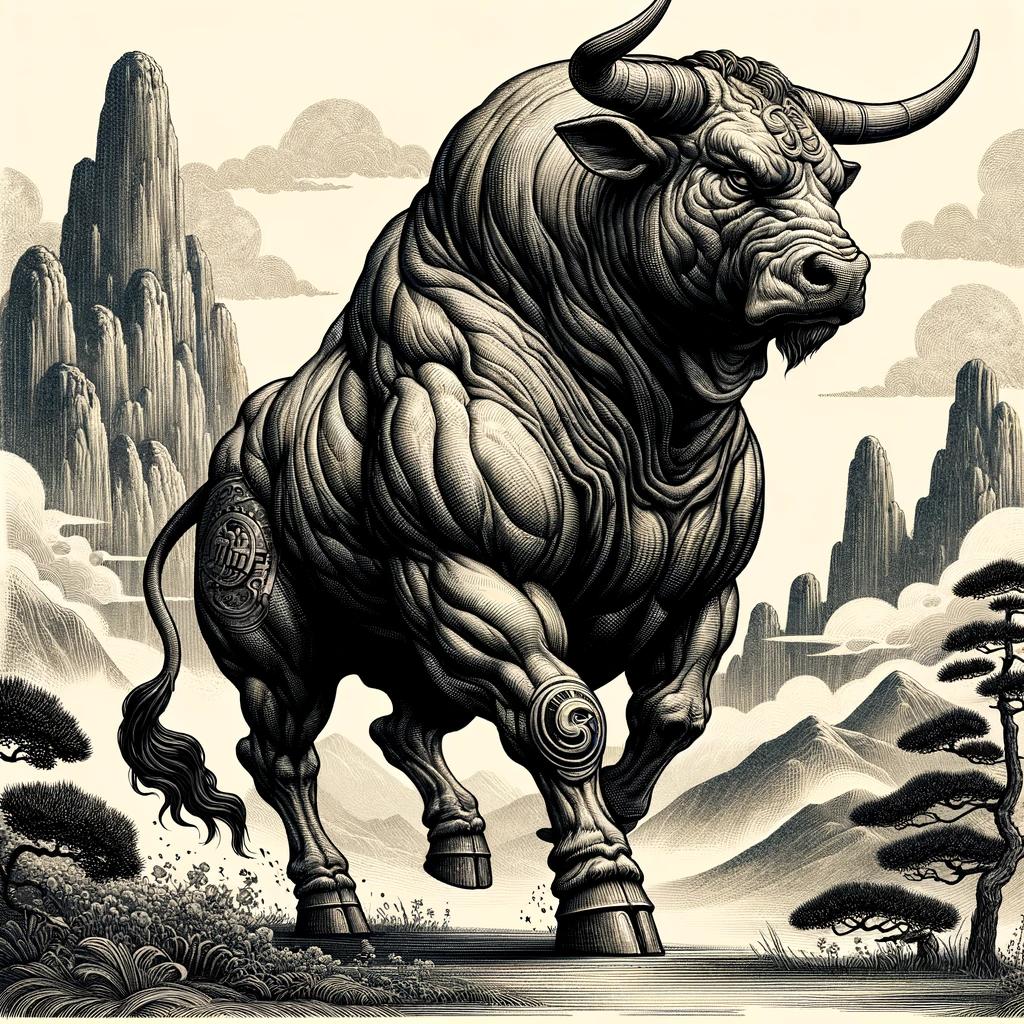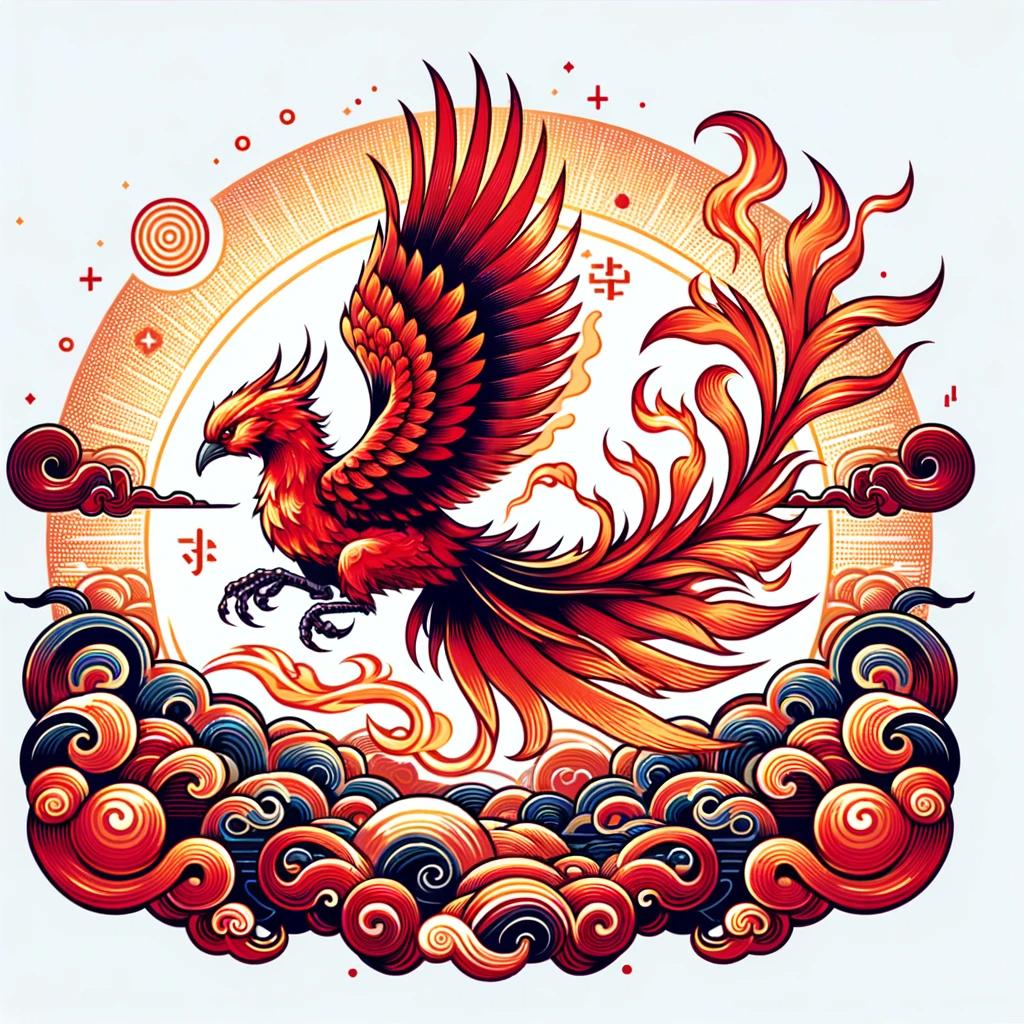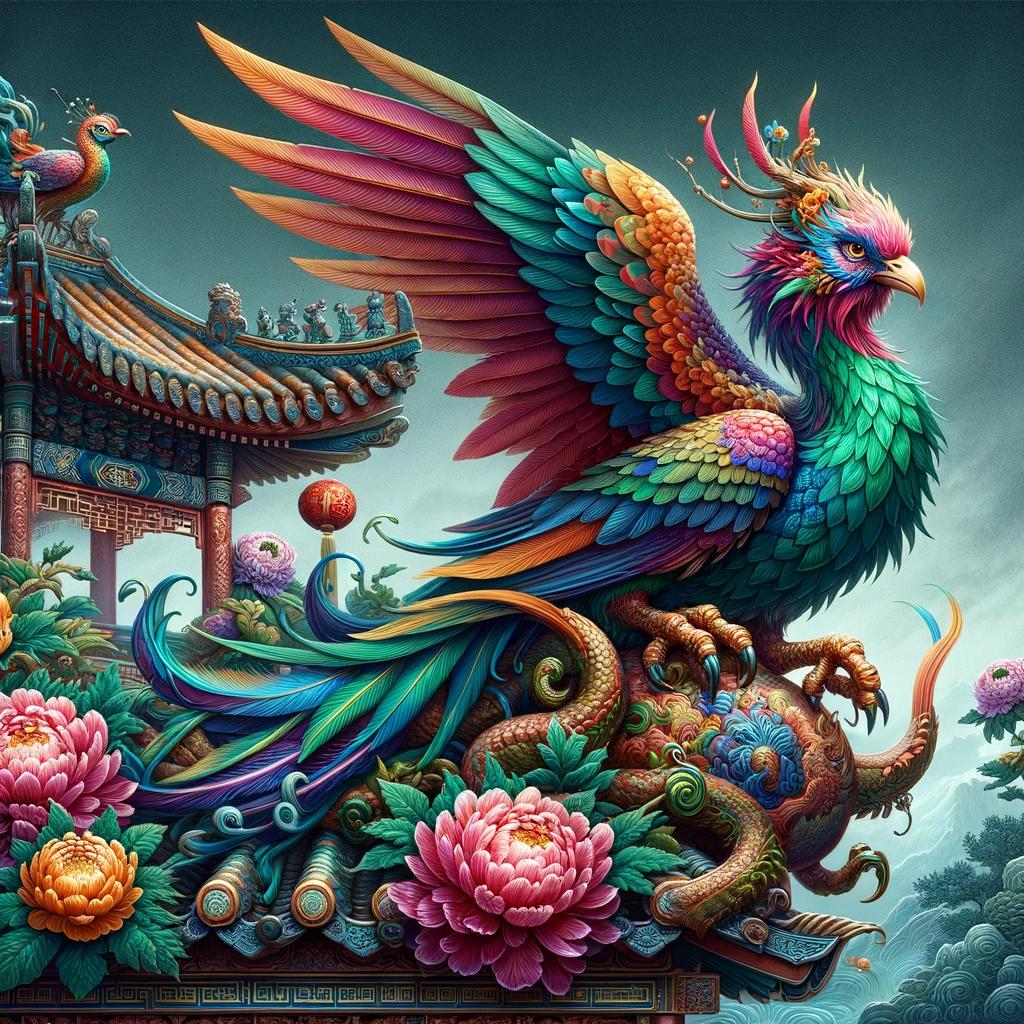Tudigong Chinese Earth God: Exploring the Divine Guardians of China’s Land and Communities
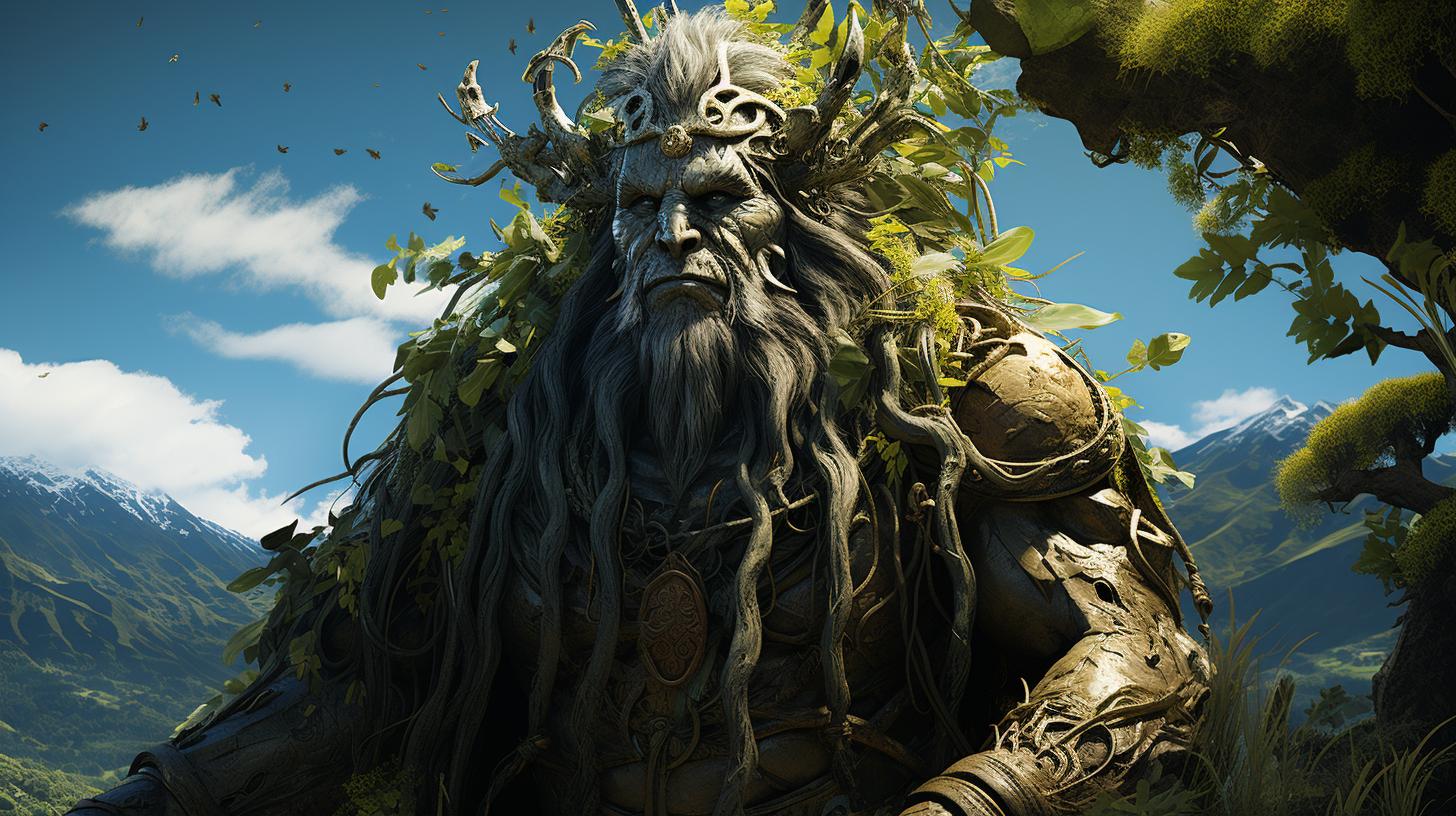
Tudigong Chinese Earth God, also known as the Earth Deity, is a significant figure in Chinese mythology and folklore. Believed to be the guardian of specific geographic locations, Tudigongs play a crucial role in safeguarding the communities and their well-being.
Associated with the earth and grain cultivation, they hold a lower rank among Chinese deities. People worship Tudigong when they move to a new location and express gratitude before burying the deceased.
Festivals dedicated to Tudigongs are celebrated in Taiwan, featuring rituals and traditional opera performances. Temples like Zhushan Zinan and Checheng Fu’an serve as places of worship for Tudigong enthusiasts.
Origins and Beliefs of Tudigong
The origins and beliefs surrounding Tudigong, the Chinese Earth God, are deeply rooted in Chinese mythology and traditional belief systems.
Sheshen Belief System and its Influence
Within the belief system of Sheshen, Tudigongs are revered as guardian deities of specific locations and the communities that inhabit them. This ancient religious belief holds that each Tudigong is designated to protect a particular geographical area.
Association with Earth and Grain Cultivation
Tudigongs are strongly associated with the earth and the cultivation of grains, symbolizing the essential connection between humans and the land. They play a vital role in ensuring bountiful harvests, agricultural prosperity, and the well-being of farmers and their communities.
Hierarchy of Chinese Deities
Within the hierarchy of Chinese deities, Tudigongs are considered to be lower-ranking deities, positioned beneath the City Gods but above the gods associated with specific landowners. Although they hold a lower status, Tudigongs are still highly regarded and worshipped for their protective role within their designated locations.
Understanding the origins and beliefs of Tudigong provides insights into the cultural significance and reverence surrounding this revered Chinese Earth God.
Worship and Rituals of Tudigong
Worship and rituals surrounding Tudigong are deeply rooted in Chinese culture, highlighting the reverence and connection between the deity and the local communities. These practices encompass several aspects, including adoration and offerings at Tudigong shrines, the deity’s profound connection with the land and community, and its significant role in various life events and funerary rites.
Adoration and Offerings at Tudigong Shrines
Tudigong shrines, commonly found in temples across China, serve as sacred spaces for worshipping the deity. Devotees visit these shrines to pay their respects and express gratitude to Tudigong for his protection and blessings.
Offerings such as fruits, incense sticks, candles, and symbolic items representing wealth and prosperity are made to show devotion and seek favor from the deity.
Connection with Land and Community
Tudigong’s association with the land goes beyond a mere symbolical representation.
The deity is believed to be deeply connected to the specific geographic locations where communities reside. As the guardian of these areas, Tudigong is regarded as a protector of the land’s fertility and agricultural abundance.
The worship of Tudigong reinforces the bond between the local community and their natural surroundings, fostering a sense of harmony and gratitude towards the earth.
Significance in Life Events and Funerary Rites
Tudigong holds great significance in various life events and funerary rites.
During important milestones such as weddings, births, and new business ventures, individuals seek the blessings of Tudigong for prosperity and success. Additionally, when someone passes away, it is customary to express gratitude to Tudigong for allowing the use of the land for burial, believing it ensures a proper return to the earth.
Overall, worship and rituals associated with Tudigong deepen the spiritual connection between communities, the land, and the divine, reflecting the profound respect for nature and the significance of collective identity in Chinese culture.
Festivals and Traditions Associated with Tudigong
‘Festivals and Traditions Associated with Tudigong’ encompasses a rich tapestry of celebrations and cultural practices dedicated to honoring the Chinese Earth God. These festivities provide a unique insight into the reverence and significance attributed to Tudigong in Chinese society.
Let’s explore some of the key aspects:
Celebrating Tudigong in Taiwan
In Taiwan, people gather to observe specific occasions where Tudigong takes the center stage. One such celebration occurs on the second day of the second month and the fifteenth day of the eighth month in the lunar calendar.
These dates mark significant moments when devotees express their devotion to Tudigong.
Rituals and Performances during Tudigong Festivals
During Tudigong festivals, devotees engage in various rituals and performances as acts of veneration. They offer prayers, burn incense, and make offerings at Tudigong shrines or temples. Colorful processions and traditional music and dance performances often accompany these festivities, creating a vibrant atmosphere that symbolizes the community’s deep-rooted connection with Tudigong.
Impact of Cultural Revolution on Tudigong Worship
The Cultural Revolution, a tumultuous period in Chinese history, had a profound impact on religious practices, including the worship of Tudigong. Many Tudigong temples were destroyed during this time, and the traditional festivals associated with Tudigong faced severe repression.
However, in recent years, there has been a resurgence of interest in reviving and preserving these ancient traditions, resulting in the rebuilding of several Tudigong temples and the continuation of festivals in their honor.
Temples and Sanctuaries Dedicated to Tudigong
Temples and sanctuaries dedicated to Tudigong hold great significance in Chinese and Taiwanese culture. These sacred structures serve as places of worship and reverence for believers seeking blessings, protection, and guidance from the revered deity.
Notable Tudigong temples can be found in different regions of China and Taiwan, each boasting unique architectural features and cultural elements.
Notable Tudigong Temples in China and Taiwan
- Templo Zhushan Zinan (Zhushan Village, Taiwan): Located in the picturesque Zhushan Village, this temple is dedicated to Tudigong and attracts a large number of worshippers during festivals and spiritual occasions.
Its intricate artwork and ornate carvings depict scenes from Chinese mythology, showcasing the rich cultural heritage surrounding Tudigong worship.
- Templo Checheng Fu’an (Checheng Township, Taiwan): Situated in Checheng Township, this temple is renowned for its grandeur and historical significance.
Believed to have been constructed during the Qing Dynasty, it is a pilgrimage site for those seeking blessings of prosperity, safety, and agricultural abundance from Tudigong.
Architecture and Features of Tudigong Temples
Tudigong temples exhibit a distinct architectural style influenced by traditional Chinese designs.
These temples often feature elaborate roof structures adorned with vibrant colors and detailed carvings. The main hall, dedicated to Tudigong, houses the deity’s image or statue. This area serves as the focal point for ritual activities and prayers.
Inside the temples, visitors can find additional altars dedicated to other deities, further reflecting the interconnections within Chinese mythology. Ornate decorations, including delicate paintings depicting mythological stories, enhance the spiritual atmosphere of these sacred spaces.
Visitors to Tudigong temples can partake in rituals and offerings to show their devotion. These practices may involve burning incense, presenting food and fruit, and performing ceremonial bows and prayers. The tranquil ambiance created within these sanctuaries provides a setting for believers to connect with Tudigong and seek divine assistance for various aspects of their lives.
Despite the challenges faced during the Cultural Revolution, the preservation and revival of Tudigong worship has led to the restoration and construction of numerous temples across China and Taiwan. These places of cultural and spiritual significance continue to serve as reminders of the enduring reverence for Tudigong and the interconnectedness between humans, land, and community.
Cultural Significance and Contemporary Practices
The significance of Tudigong in Chinese culture extends beyond ancient traditions, as it continues to hold cultural importance in contemporary society. This section explores the preservation and revival of Tudigong worship, its influence on Chinese folklore and popular culture, and reflects on Tudigong’s role in modern society.
Preservation and Revival of Tudigong Worship
- The worship of Tudigong has seen efforts towards preservation and revival in recent years.
- Various initiatives and organizations have emerged to promote awareness and understanding of Tudigong beliefs.
- Efforts focus on protecting and restoring Tudigong temples and shrines that were damaged or destroyed during cultural revolutions.
- Revival movements aim to reestablish the practices of worship, offering a renewed connection to the land and community.
Influence on Chinese Folklore and Popular Culture
Tudigong’s influence can be found in various aspects of Chinese folklore and popular culture:
- Tales and myths featuring Tudigong often depict the deity as a protector and benefactor of the people.
- Literature, art, and traditional performances continue to reference Tudigong, showcasing the deity’s impact on cultural expression.
- Tudigong’s association with earthly matters and cultivation has also influenced agricultural practices and rural traditions.
- Popular culture, including movies, music, and television, frequently draws inspiration from Tudigong and incorporates his symbolism.
Reflection on Tudigong’s Role in Modern Society
Tudigong’s role in modern society is multi-dimensional and often reflects the values and beliefs of contemporary individuals:
- As urbanization and migration continue, Tudigong worship adapts, reflecting the changing needs and demographics of communities.
- Many individuals turn to Tudigong for guidance and blessings pertaining to career, wealth, and community prosperity.
- The reverence for Tudigong before funerary rites serves as a reminder of gratitude for the land and a connection to the cycles of life and death.
- Tudigong’s presence in temples and cultural events acts as a bridge between past and present, preserving cultural heritage and fostering identity.
.













